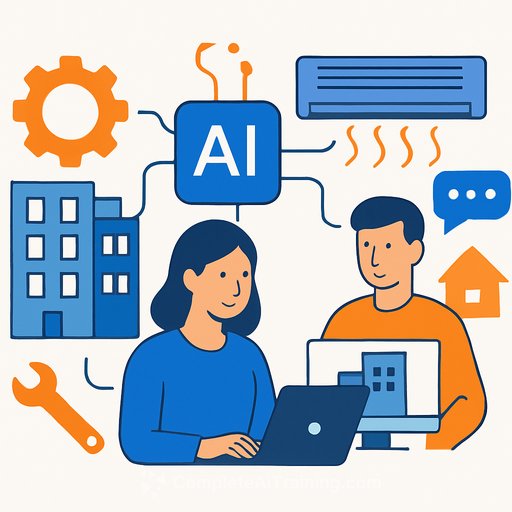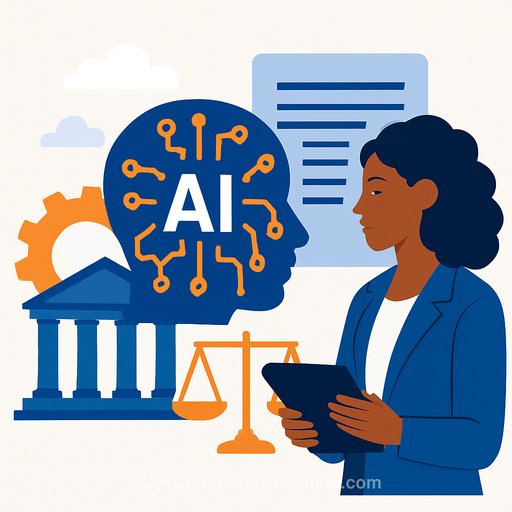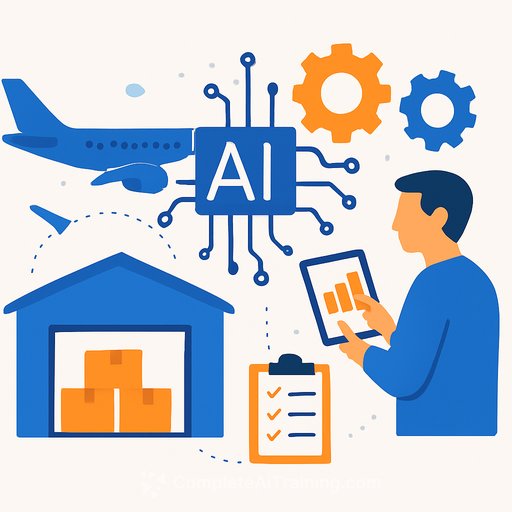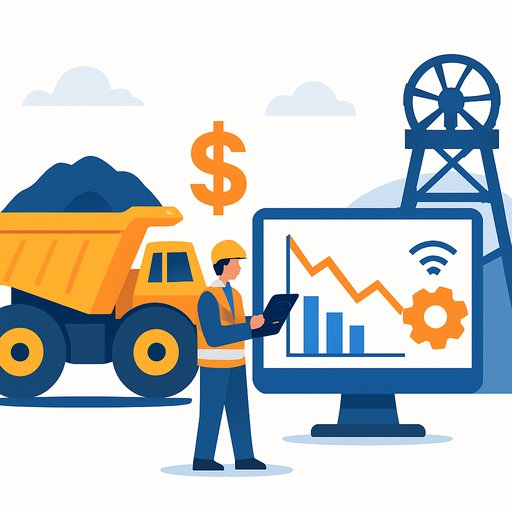New tools highlight the range of AI in building operations
Over the past month, a new wave of AI tools hit the market with one goal: help operations teams move faster with fewer manual touches. The biggest gains show up in maintenance intake and invoicing, HVAC asset records, and tenant lifecycle management. Here's what's new - and how to use it.
Asset maintenance: AI in the work order lifecycle
Lessen introduced Aiden, a maintenance suite that applies AI across intake, communications, proposals, work verification and invoicing. A multilingual self-service assistant filters low-value requests, while invoice and compliance checks tighten accuracy and speed approvals and vendor payments.
Early results reported by users: 20% faster quote approvals, over 95% asset data accuracy, an 85% reduction in routine follow-ups and double the throughput on work orders and invoices. Net effect: less administrative drag, quicker cash cycles and fewer status pings.
- Where it fits: large work order volumes, multi-site portfolios, complex vendor networks.
- Quick pilot: route one property's service intake through the assistant, auto-validate invoices, and benchmark SLA and approval time deltas after 30 days.
- Questions to ask: How are compliance rules configured? What's the audit trail for AI-driven decisions? How does the model learn from your historical data?
HVAC servicing: deeper asset records without the paperwork
Brightly Software (a Siemens company) partnered with XOi to augment Asset Essentials using optical character recognition. Technicians can scan HVAC units and import 100+ data points - wiring diagrams, parts specs, service bulletins and user manual details - directly into the asset record.
The software structures the data to maintain a current, comprehensive history for each unit. That gives facility teams a real-time view for day-to-day maintenance while improving forecasting and capital planning. As XOi notes, leaders need to do more with less - accurate records are the leverage.
- Where it fits: portfolios with aging equipment, compliance-heavy sites and high service contractor turnover.
- Quick pilot: pick your top 10 critical units, digitize records, then compare mean time to repair and first-visit fix rates before vs. after.
- Guardrails: confirm data ownership terms, permissions for contractor access and backup procedures for scanned documents.
Learn more about XOi's approach to technician data capture
Tenant management: CRM built for CRE operations
HqO launched "CRM for CRE," aimed at consolidating tenant data, automating workflows and surfacing real-time insights across the tenant lifecycle. Capabilities include centralized profiles, analytics, multi-channel communications and integrated access, visitor, booking and service request tools.
The platform runs on HqO's Digital Grid data model and Quantum Core AI engine, and adds a monetization layer for cross-site amenity purchases, credit systems and new revenue streams. The goal: tie daily operations to measurable tenant outcomes and shift from reactive tickets to proactive relationship management.
- Where it fits: multi-tenant office, mixed-use and operators seeking portfolio-level engagement metrics.
- Quick pilot: unify one building's tenant profiles, automate renewal reminders and measure response time, satisfaction and retention impact.
- Metrics to track: engagement rate per channel, time-to-resolution, upsells per tenant, and NPS by location.
How operations teams can act this quarter
- Pick one high-friction process (intake, invoice approval or tenant comms) and run a 60-day pilot with clear before/after KPIs.
- Map your data: systems of record, data quality gaps and needed integrations (CMMS, BMS, access control, accounting).
- Set guardrails: role-based access, audit logs for AI decisions, retention policies and vendor SLAs.
- Prep the field: train front-line teams, define escalation paths and establish a weekly feedback loop with vendors.
- Report impact: show SLA gains, cycle-time cuts and cost-to-serve reductions to justify broader rollout.
If you're building team skills to support these rollouts, explore practical training and tools for operations professionals: AI courses by job role.
Your membership also unlocks:






